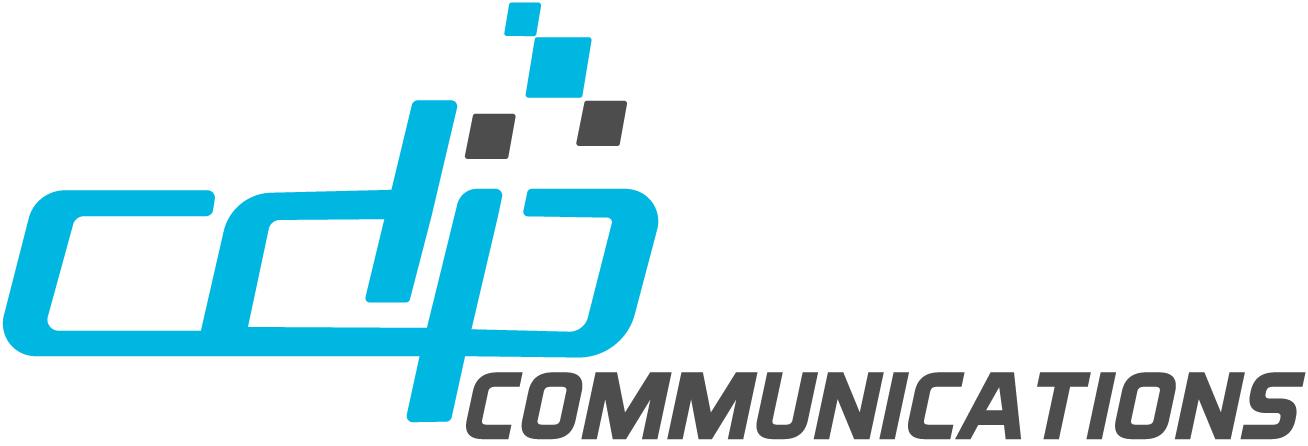The business world continues to evolve and adapt to the markets they cater to, to seize untapped opportunities. In doing so, businesses are finding that an inclusive, universal approach that minimizes variance and offers equal value for all is one that best serves everyone. Those who make the required efforts are capturing more market share, trust, and loyalty from their bases. That’s why they need to tap into the power of the Disability Market. It is a $1.9 Trillion opportunity, and the time to make inroads is now.
Because diversity and inclusivity are becoming ever more important, businesses are starting to recognize the potential of a vast and often overlooked market—the disability market. This market, comprised of people with disabilities (PWD), is not only greater in number than the population of China but also controls an annual disposable income of $1.9 trillion.
Besides the opportunities, sizeable risks exist when businesses choose inaction. Those who miss the mark can find themselves in an uncomfortable spotlight. No one needs to look further than the airline industry. Airlines have made the news for damaging or misplacing tens of thousands of wheelchairs and mobility devices. The resulting grief that it has caused its customers is only now coming into focus. The damage to brand and goodwill is immense.
Let’s delve together into the heart of the disability market, its economic power, and how businesses can seize this opportunity to create meaningful change while providing a desirable boost to their bottom line.
The Size and Influence of the Disability Market
The disability market is far from niche; it’s a demographic force to be reckoned with. With approximately 1.85 billion individuals, the number of people with disabilities is roughly equal to the combined population of China and the European Union. But the influence of this market doesn’t stop there. Friends and family members who share emotional connections with PWD add another 3.4 billion potential consumers to the mix. This vast network controls a staggering $13 trillion in annual disposable income.
Evolving Needs in an Aging Population
The aging population further bolsters the significance of the disability market. As time goes on, and magnified by an aging population, more and more people find themselves facing physical and cognitive challenges. This has in turn led to an increased demand for products and services that cater to the unique needs of people with disabilities. From mobility aids to cognitive support tools, the market potential for innovative solutions is immense.
The Power of Inclusive Brands
Forward-thinking brands are already recognizing the value of inclusivity and accessibility. These brands are not merely checking a box; they’re embracing a new way of engaging customers.
From Adaptation to Integration
But the most successful brands go beyond surface-level adaptations. They incorporate the insights and learnings from the disability community to create experiences that resonate with a wide audience. By doing so, they bridge the gap between the disability market and the general market, effectively showcasing the power of inclusivity.
Emotional Connections and Brand Loyalty
One of the driving forces behind the success of brands that embrace the disability market is the emotional connection they establish. Friends and family members of PWD react strongly to cues that demonstrate a brand’s commitment to inclusivity. This emotional bond translates into more than just purchases. It transforms customers into passionate brand ambassadors who champion the company’s values.
Engaging the Aging Consumer Base
As brands adapt to the changing needs of their aging customers, they not only secure loyalty but tap into the wealthiest demographic in human history. The aging population presents a unique opportunity for businesses to evolve their offerings. But businesses must do so in alignment with the changing preferences and requirements of this valuable market segment.
Embracing the disability market is not just a philanthropic endeavour—it’s a strategic move that can yield substantial returns. Businesses that prioritize inclusivity not only tap into a massive market but also create a positive societal impact. This dual benefit creates a win-win scenario where profitability and social responsibility go hand in hand.
Leading the Charge
The momentum towards inclusivity and accessibility is growing stronger. Savvy brands are stepping up their efforts by creating experiences not only broaden their reach but prioritize the needs of people with disabilities. And in doing so, they set a precedent for their entire industry, adopting a culture of inclusivity that is shaping the very future of consumer-brand relationships.
Shaping a More Inclusive Future
The disability market’s potential is indisputable, and its impact extensive. By including the needs and desires of people with disabilities in your services, including your ‘digital front doors’ like websites and digital documents for instance, businesses can actively contribute to a more inclusive future. As the market continues to grow and evolve, those who champion inclusivity stand to benefit. Not only financially but also by making a lasting positive impact on society.
Conclusion
The disability market isn’t just a market—it’s a movement. It has the capacity to influence purchasing behaviour. It can make or break brand loyalty. With the capacity to drive greater societal change, this market represents an unprecedented and under-recognized opportunity for businesses. As the world becomes more aware of the value of diversity and inclusivity, brands that lead with compassion and innovation will be the ones that thrive. The Disability Market is a $1.9 Trillion Opportunity. Those who are ‘late to the party’ won’t reap the same huge benefits.
FAQs
Q: Why is the disability market often overlooked?
A: The disability market has historically been underestimated due to misconceptions and a lack of awareness about its size and potential. However, this perception is rapidly changing as businesses recognize the economic and societal benefits of inclusivity.
Q: How can brands effectively tap into the disability market?
Brands can tap into the disability market by actively seeking input from people with disabilities and industry experts. By adapting their products and services, and communicating their commitment to inclusivity transparently. A logical place to start is an organization’s ‘digital front doors’: their enterprise digital documents and websites.
Q: What role does emotional connection play in brand loyalty?
A: Emotional connections are key to fostering brand loyalty. When brands authentically engage with the disability market, friends and family members of PWD are more likely to become passionate advocates, driving long-term loyalty.
Is the disability market limited to physical disabilities?
No, the disability market encompasses a wide range of physical, cognitive, and sensory disabilities. Brands should adopt a holistic approach that addresses diverse needs to create meaningful impact.
Q: How can businesses balance profitability and social responsibility?
A: Businesses can strike a balance between profitability and social responsibility by integrating inclusivity into their core values. Prioritizing the disability market not only enhances the bottom line but also contributes positively to society. That’s the power of the disability market – it’s good for the customer and good for the company!
Whether you are still looking for the starting line, or have begun navigating this important path and next steps, CDP Communications can help. Reach out today to ua@cdpcom.com or visit www.cdpcom.com – we’re ready to help you make these important next steps for your company’s activation in the most important market.




